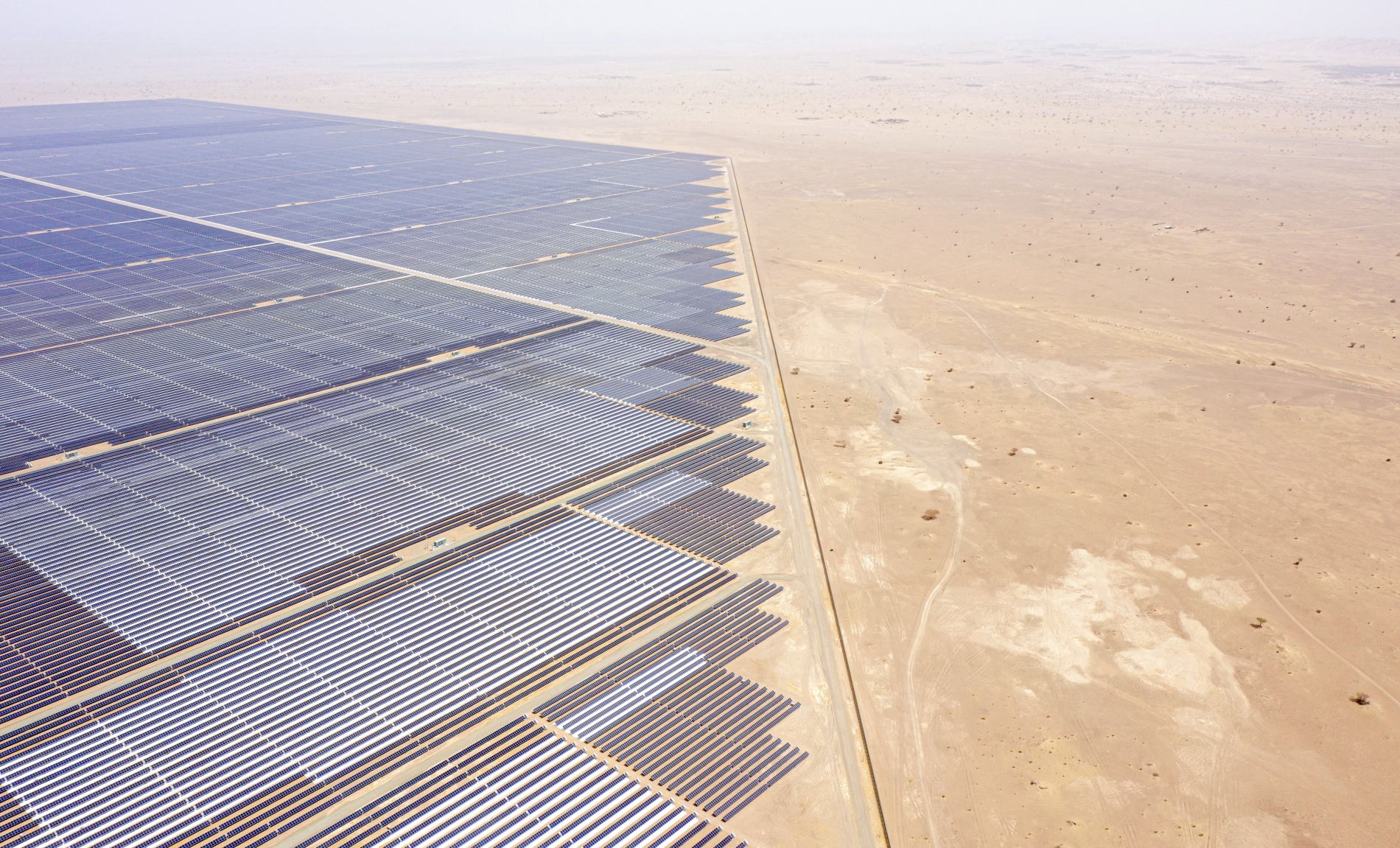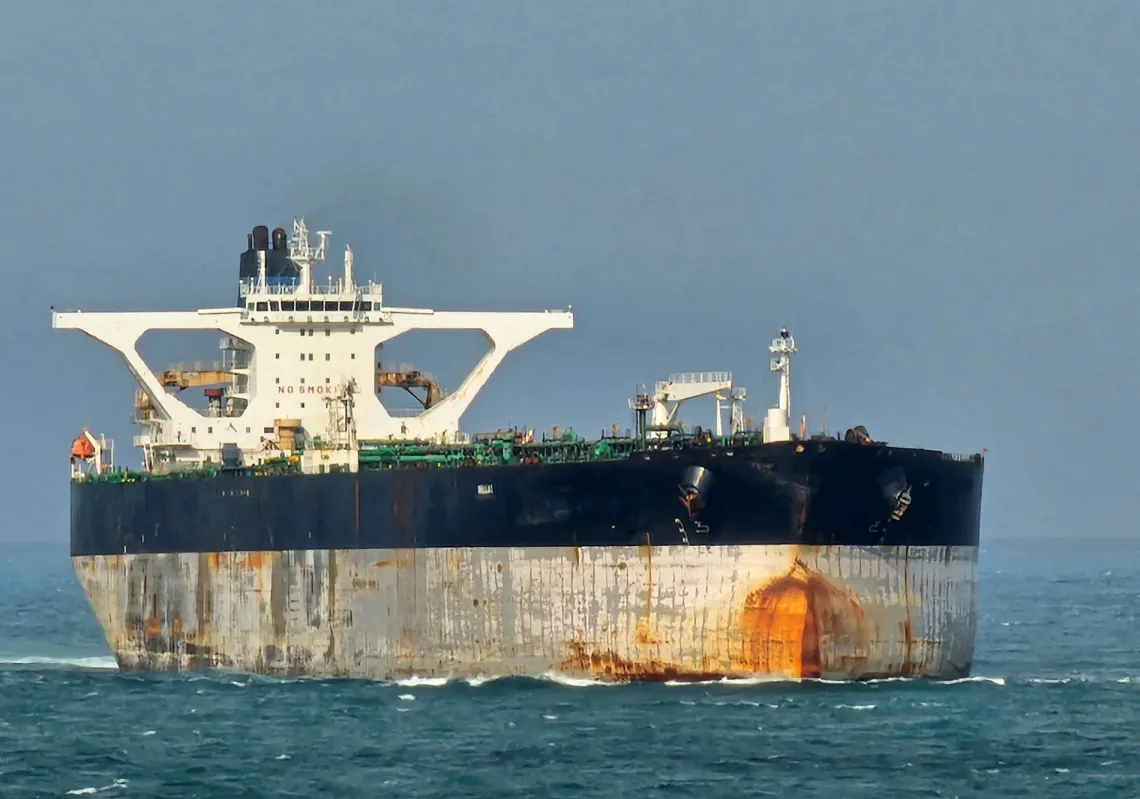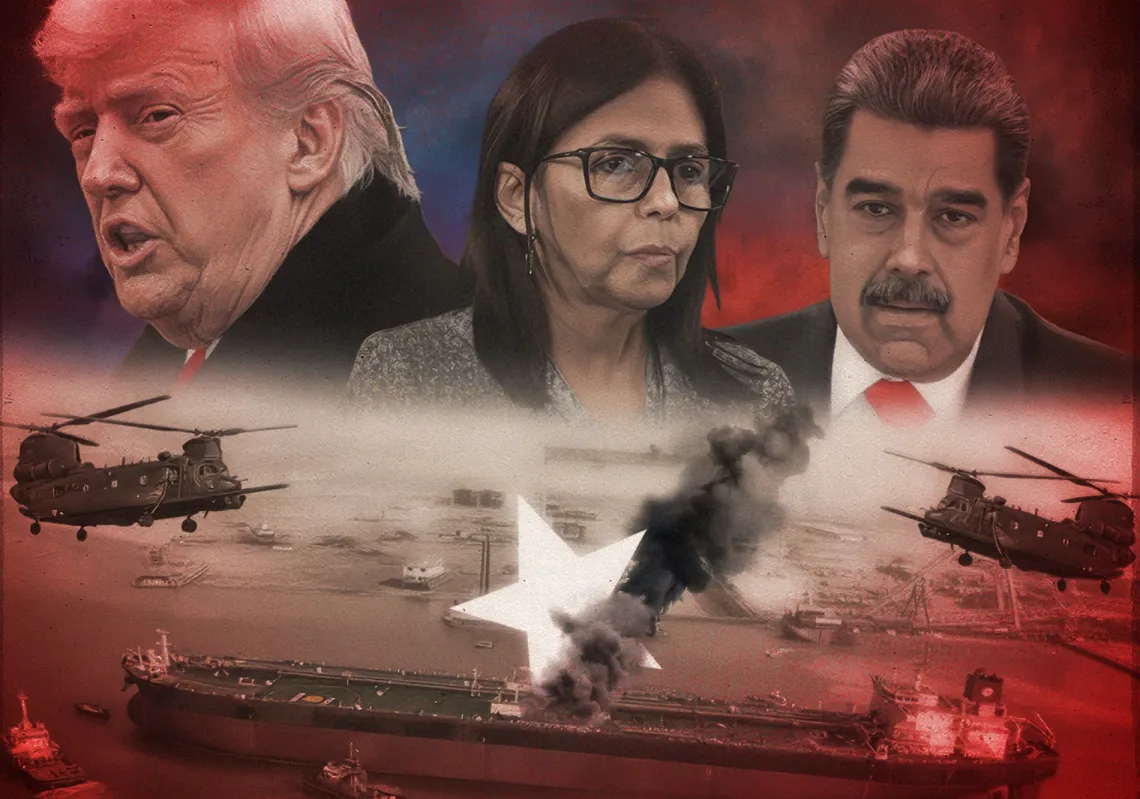Since taking office in January 2025, US President Donald Trump has implemented several tariff policies marked by unpredictability, including abrupt announcements and frequent shifts that have unsettled global markets. This has repeatedly disrupted trade flows and deepened concerns over the resilience of global supply chains.
As trade and geopolitical tensions continue to heighten, policymakers and businesses are shifting from cost-driven to resilience-focused supply chain strategies, which emphasise de-risking, near-shoring, and re-engineering. This is especially true in the clean energy sector, where global supply chains are heavily concentrated in China and increasingly seen as a vulnerability.
For the MENA region, particularly capital-rich Gulf states, this presents a strategic opening to accelerate efforts to localise clean energy manufacturing. Doing so would reduce exposure to external shocks and price volatility, as well as create high-quality jobs and support broader sustainable growth goals.
Vulnerability to Resilience
The recent and continued tariff uncertainty follows the Covid-19 pandemic, Russia’s invasion of Ukraine, and maritime disruptions in the Red Sea, further highlighting the fragility of the clean energy trade system. Disruptions to energy markets, manufacturing, and logistics have negatively impacted supply chains, raising prices and causing significant delays to the flow of critical components such as solar photovoltaics (PV), wind turbines, and batteries.
From 2020-22, solar panel prices spiked by 14–20% due to shortages of raw materials and shipping delays. As countries increasingly seek to diversify supply chains in response to these shifting dynamics, MENA countries have a growing opportunity to localise clean energy value chains.

The region remains heavily reliant on imports from China, which holds around 70% of the regional market for solar PV panels and cells, and electric vehicles. Building domestic capacity to manufacture, assemble, and innovate clean energy technologies would allow the region to insulate itself from external shocks.
The GCC countries have both the capital (financial and human) and the connectivity through advanced logistics and favourable geographic positioning, meaning they are well-positioned to lead the region in transitioning from consumer to producer of clean energy components.
Capital and Connectivity
Investments in rail, logistics, and ports—including Yanbu in Saudi Arabia and Jebel Ali in the UAE—have firmly established the Gulf as a global trade hub. In 2024, ten ports across Saudi Arabia, Oman, the UAE, and Qatar ranked among the world’s top 70. The GCC’s freight and logistics market is currently valued at around $81bn but projected to grow to around $110bn by 2030.
On the capital front, GCC sovereign wealth funds collectively manage around $4.3tn and governments are channelling this into diversification and localisation strategies, with Saudi Arabia committing $30bn to its localising its energy. This includes industrial zones, innovation hubs, and manufacturing facilities for solar PV modules, wind turbine components, battery storage, and grid technologies.













